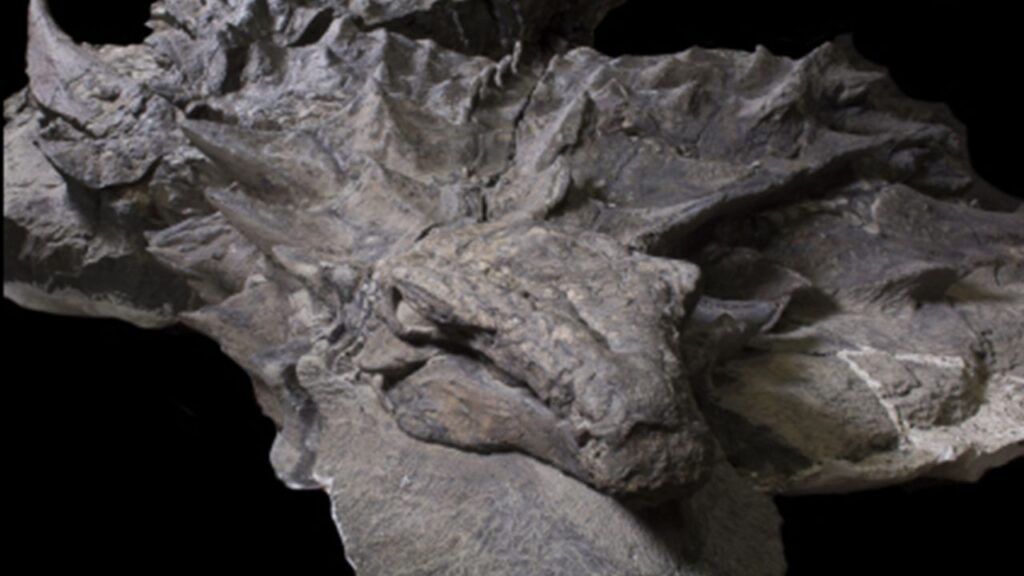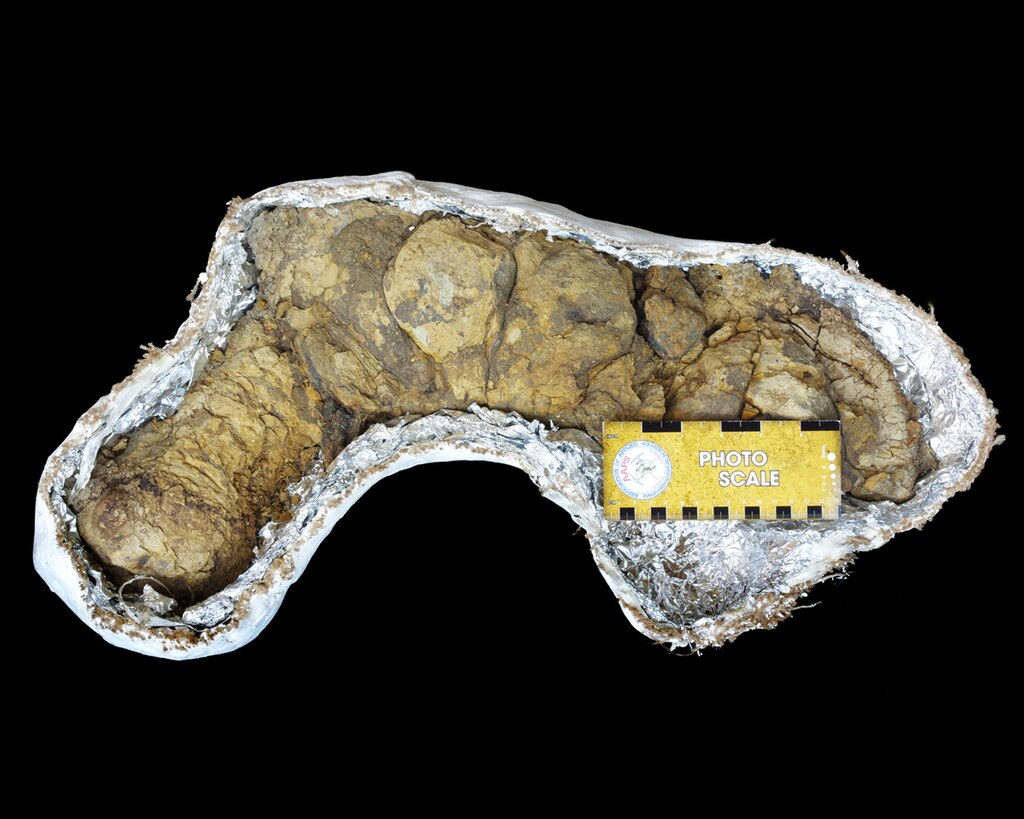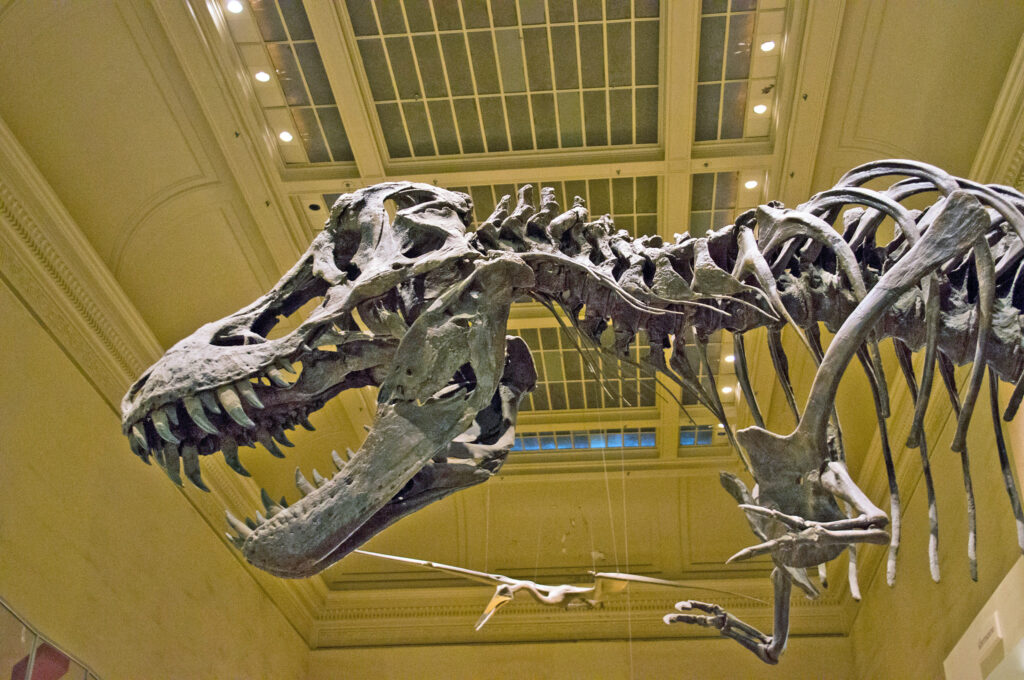Paleontology has always captivated our imagination, offering glimpses into Earth’s distant past. Among the most fascinating discoveries are the rare fossils that preserve not just bones, but actual stomach contents—the final meals of creatures that lived millions of years ago. These extraordinary findings, known as “gut contents,” provide unprecedented insights into prehistoric food webs, behaviors, and ecosystems. Recently, several remarkable discoveries have revealed precisely what some dinosaurs ate just before their deaths, transforming our understanding of these ancient reptiles and their world. These fossilized meals serve as time capsules, preserving direct evidence of predator-prey relationships and feeding behaviors that would otherwise remain speculative. Let’s explore these remarkable discoveries and understand why they matter so profoundly to science.
The Remarkable Preservation of Dinosaur Stomach Contents
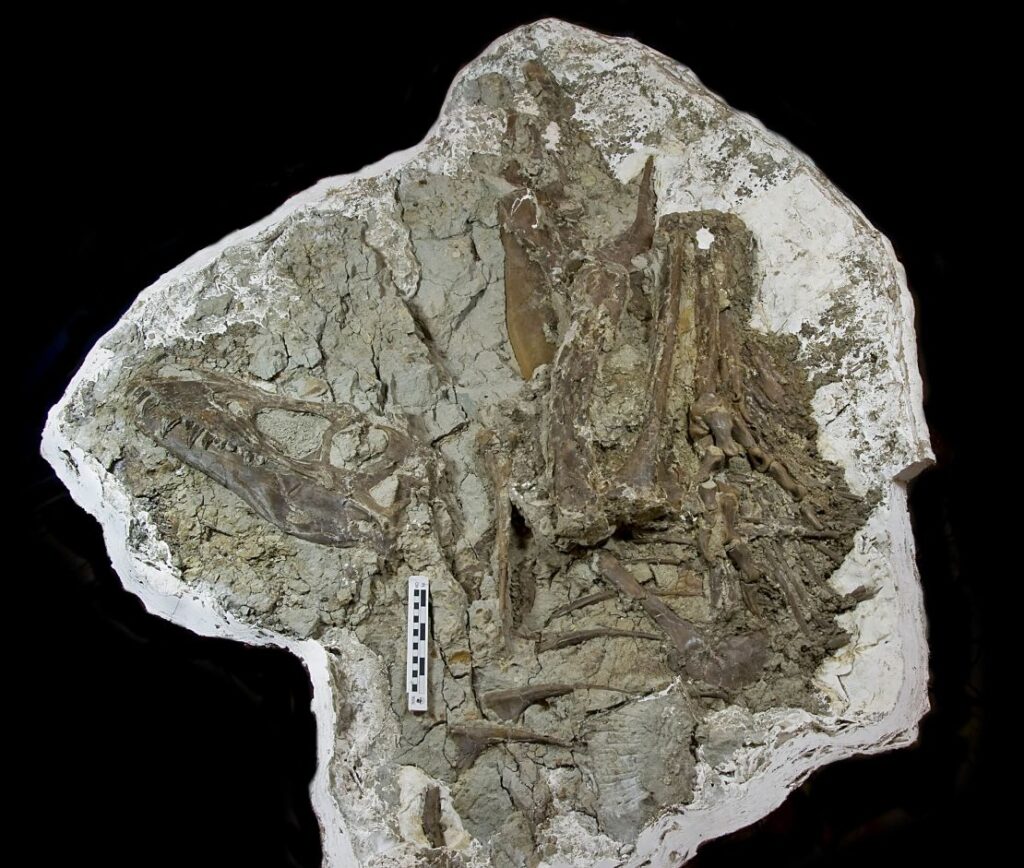
The preservation of soft tissues and stomach contents in fossils requires extraordinary circumstances that rarely occur in nature. Typically, after an animal dies, decomposition rapidly destroys soft tissues long before fossilization can occur. For stomach contents to be preserved, the dinosaur must have been rapidly buried after death, usually by sediment in floods, volcanic ash, or by sinking into oxygen-poor environments like bogs or the ocean floor. These environments halt or dramatically slow decomposition processes, allowing mineralization to replace organic materials before they disappear. Additionally, highly acidic stomach environments typically break down food quickly, making it even more remarkable when recognizable stomach contents survive. Scientists estimate that less than one percent of all dinosaur fossils contain preserved gut contents, making each discovery exceptionally valuable for understanding prehistoric ecosystems.
The Borealopelta Markmitchelli Discovery
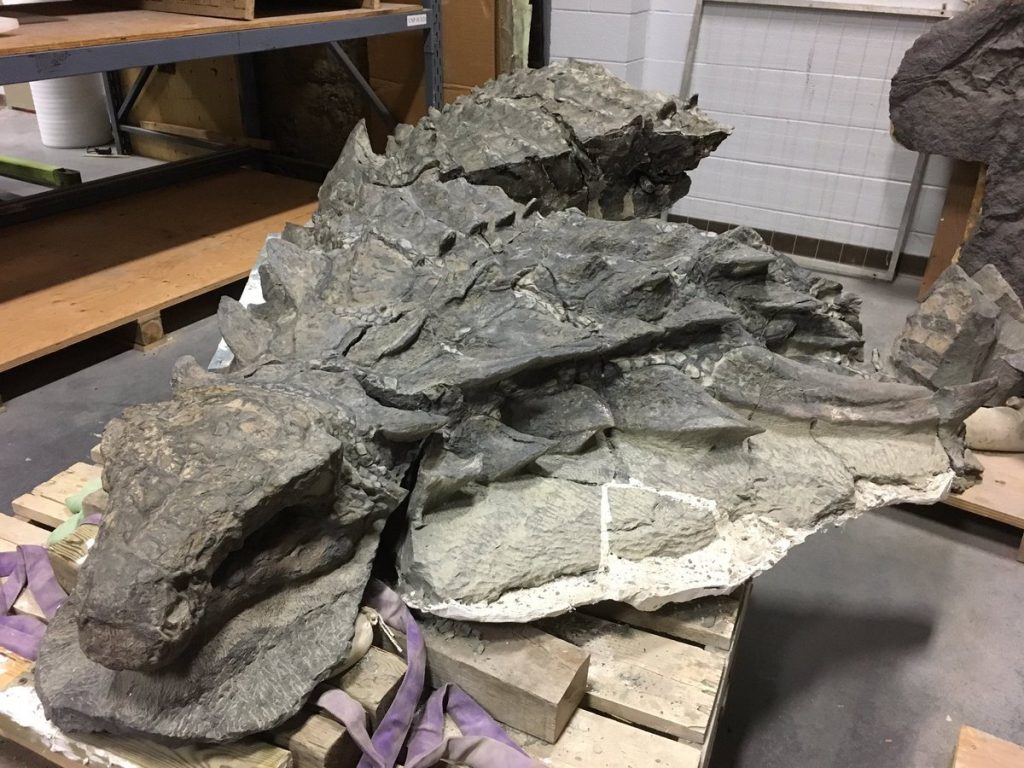
One of the most spectacular discoveries in recent years involved Borealopelta markmitchelli, an armored nodosaur discovered in Alberta, Canada in 2011. This remarkably preserved specimen included not just the dinosaur’s armor and skin impressions, but also its stomach contents. Analysis revealed that the 110-million-year-old herbivore had consumed a last meal consisting primarily of ferns, with smaller amounts of cycads and conifers. Most surprisingly, researchers identified 88% of the diet as ferns, suggesting highly selective feeding behavior rather than indiscriminate grazing. The specimen also contained gastroliths—stones that helped grind plant material in the dinosaur’s digestive system. This discovery challenged previous assumptions about nodosaur diets and provided the first direct evidence of selective feeding behaviors in armored dinosaurs, demonstrating they weren’t simply eating whatever vegetation was most abundant in their environment.
The Microraptor Gui and Its Bird Meal
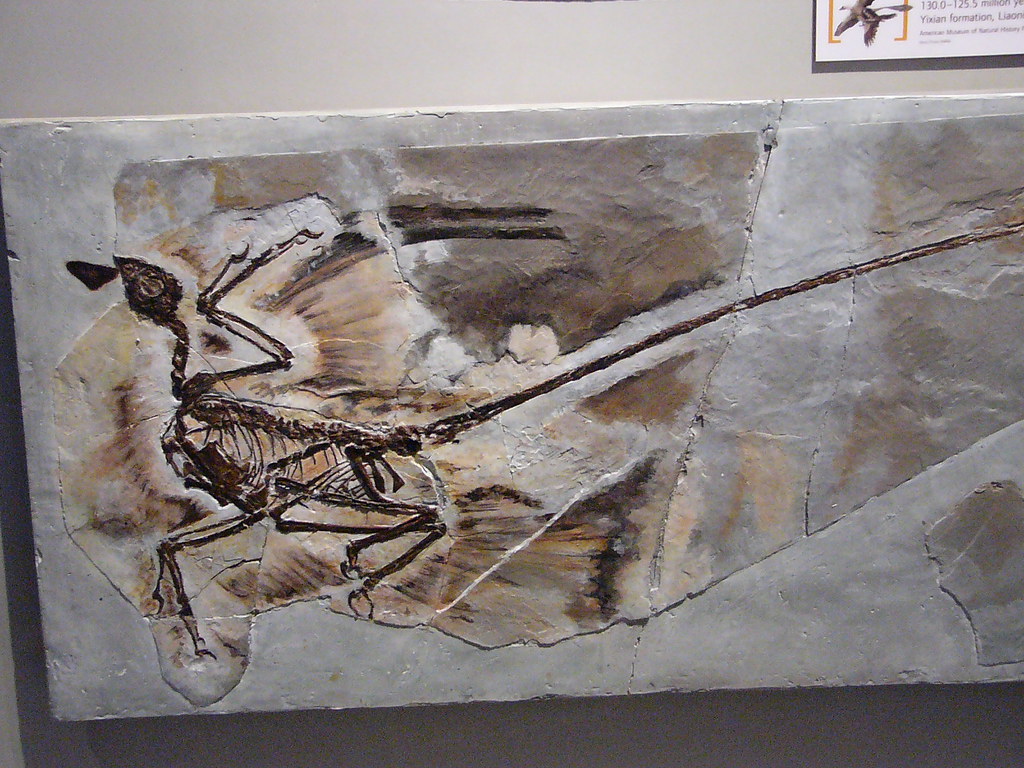
In 2012, scientists announced a remarkable finding from China’s Liaoning Province—a Microraptor gui specimen with the remains of a small bird preserved in its abdominal cavity. Microraptor, a crow-sized dinosaur with four wings, lived approximately 120 million years ago during the Early Cretaceous period. The preserved bird in its stomach was identified as a previously unknown species of early bird, indicating that Microraptor was capable of catching and consuming relatively sophisticated flying animals. This discovery dramatically altered our understanding of predator-prey relationships in the Cretaceous forests of what is now China. It demonstrated that small, feathered dinosaurs were active predators capable of hunting agile prey, not merely scavengers as some had previously proposed. The finding also provided important evidence about the ecological relationships between early birds and their dinosaur relatives, showing how these groups interacted in ancient ecosystems.
The Confuciusornis Specimen and Fish Consumption
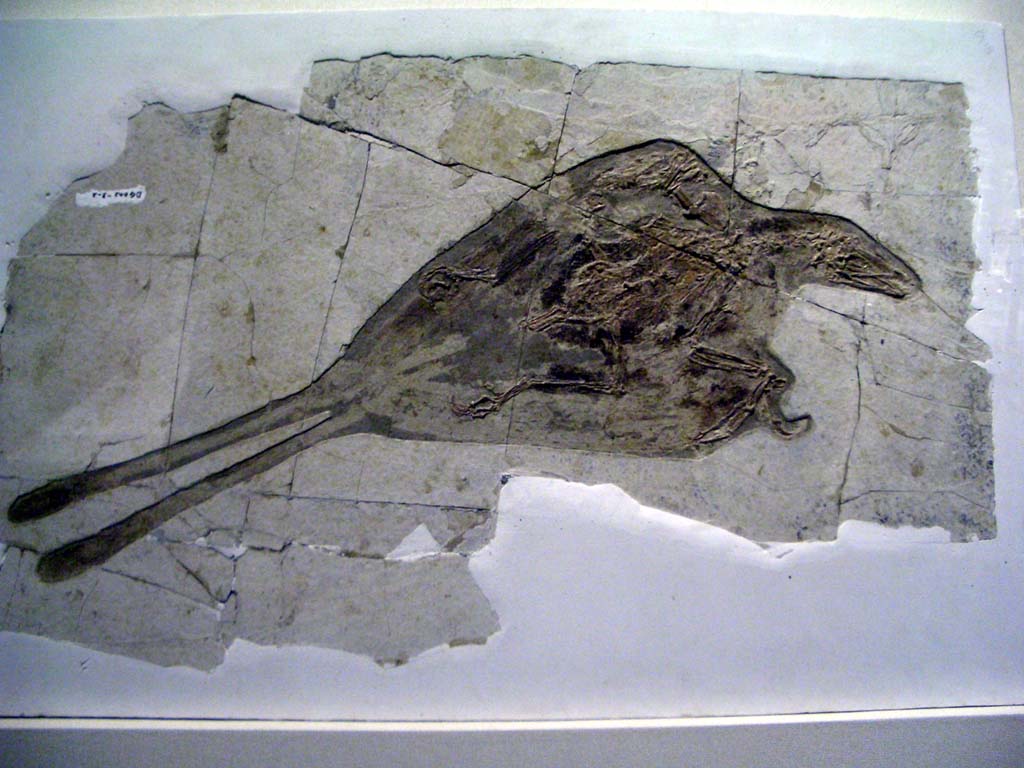
Another significant discovery involved Confuciusornis, an early bird-like creature from the Early Cretaceous period of China. A remarkably preserved specimen revealed fish remains in its digestive tract, providing direct evidence of its diet and hunting behaviors. This finding was particularly notable because Confuciusornis had previously been thought to be primarily a seed or fruit eater based on its beak morphology. The presence of fish remains fundamentally changed scientific understanding of this creature’s ecological niche. The discovery suggested that early birds were already diversifying their diets and ecological roles approximately 125 million years ago, adapting to various food sources in their environments. This evidence of piscivory (fish-eating) in Confuciusornis demonstrates that early birds were exploiting aquatic food resources much earlier than previously recognized, providing insight into the evolutionary pathways that led to modern bird diversity.
The Sinocalliopteryx and Its Multiple Meals
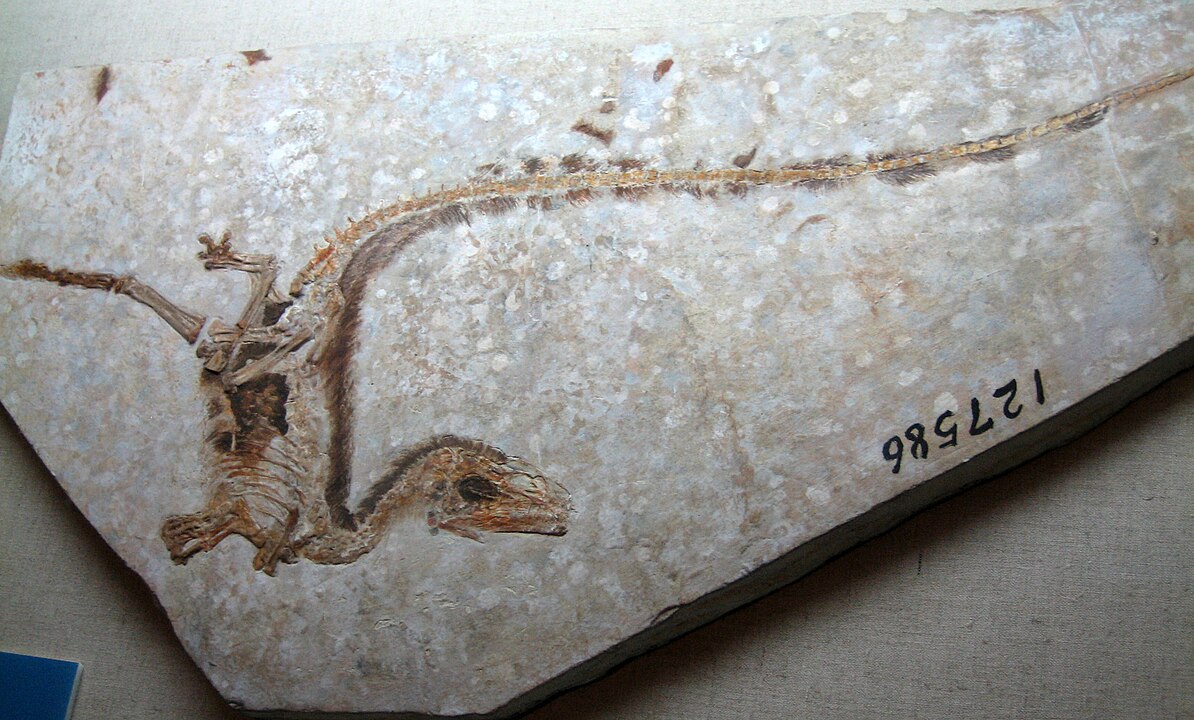
In 2012, paleontologists reported an extraordinary discovery of a Sinocalliopteryx fossil containing the remains of not one but three separate meals. This 7-foot-long predatory dinosaur from China’s Yixian Formation had consumed several smaller dinosaurs, including two specimens of the primitive bird-like dinosaur Confuciusornis and one small dromaeosaurid (a raptor relative). The preservation of multiple prey items in various stages of digestion indicated that Sinocalliopteryx was an active and successful predator capable of catching swift, bird-like dinosaurs. This finding suggested that Sinocalliopteryx may have specialized in hunting flying or gliding creatures, providing evidence of dietary specialization among predatory dinosaurs. The discovery transformed our understanding of Cretaceous food webs by demonstrating that ground-dwelling predators posed significant threats to early flying vertebrates, revealing complex predator-prey dynamics in ancient ecosystems that weren’t previously documented.
The Compsognathus with a Lizard Inside
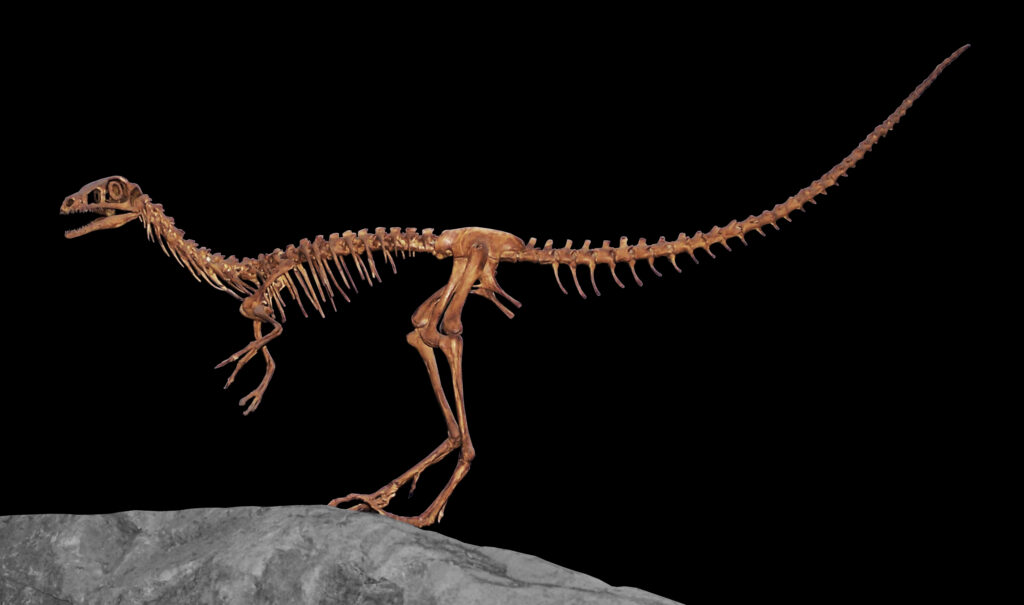
One of the earliest documented cases of preserved dinosaur stomach contents came from a Compsognathus fossil discovered in Germany in the 19th century. This small, chicken-sized theropod dinosaur from the Late Jurassic period was found with the remains of a small lizard in its abdominal cavity. The lizard was later identified as Bavarisaurus, a swift-running reptile that inhabited the same tropical island environments as Compsognathus approximately 150 million years ago. This discovery provided some of the first direct evidence of dinosaur diets and hunting behaviors. The completeness of the lizard remains suggested that Compsognathus swallowed small prey whole rather than tearing it apart, similar to many modern reptiles. This finding helped establish Compsognathus as an agile predator that specialized in catching small, fast-moving prey, rather than scavenging or consuming plant material as had been suggested for some small dinosaurs.
What Dinosaur Gut Contents Reveal About Ancient Ecosystems
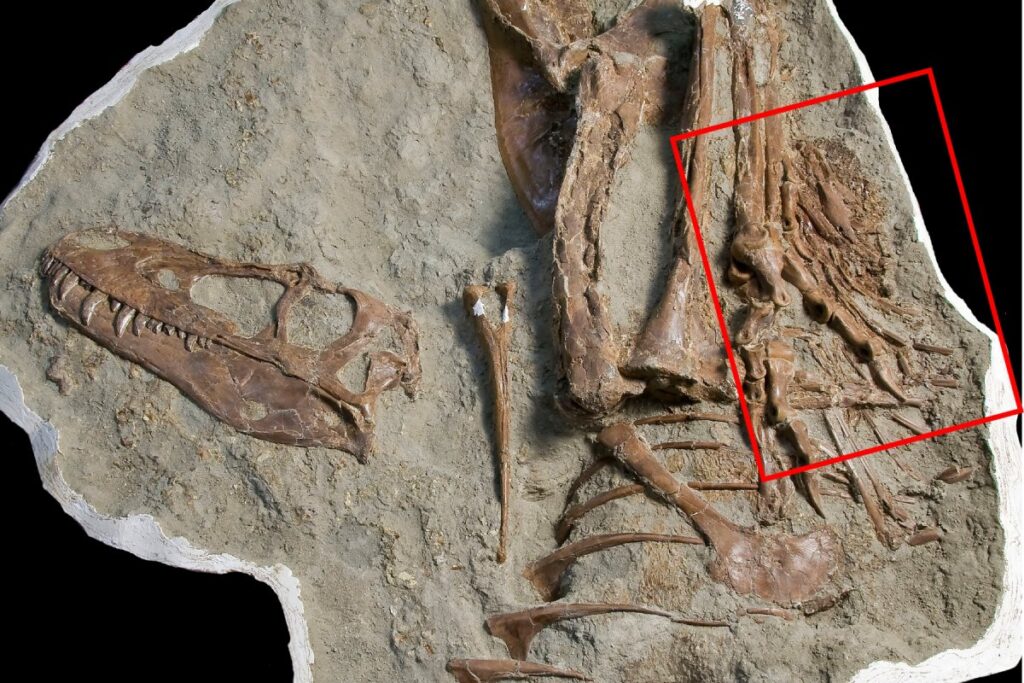
Preserved stomach contents serve as direct windows into ancient food webs, providing concrete evidence of who ate whom in prehistoric ecosystems. This information is crucial for reconstructing trophic relationships—the feeding connections between organisms—that would otherwise remain speculative based solely on teeth, claws, or other morphological features. By analyzing gut contents, scientists can determine whether certain dinosaurs were specialist predators focusing on specific prey or generalist feeders consuming whatever was available. These discoveries also illuminate complex ecological interactions like competition for resources, predator avoidance strategies, and niche partitioning among similar species. For example, finding different prey species in the stomachs of similarly-sized predatory dinosaurs from the same formation might indicate they were avoiding competition by specializing in different food sources. Such direct evidence helps paleontologists create more accurate reconstructions of entire ancient ecosystems rather than studying dinosaurs as isolated species.
Insights into Dinosaur Digestive Systems

Preserved stomach contents provide valuable information about dinosaur digestive processes and alimentary adaptations. The condition of prey remains—whether whole, partially digested, or fragmented—reveals much about how dinosaurs processed their food. For instance, the discovery of gastroliths (stomach stones) alongside plant material in herbivorous dinosaurs confirms they used these stones to mechanically grind tough plant fibers, similar to modern birds. In carnivorous dinosaurs, the degree of bone fragmentation can indicate stomach acidity levels and digestive efficiency. Some theropods appear to have had highly acidic stomachs capable of dissolving bone, while others passed bone fragments relatively intact. The position of food within the digestive tract also helps scientists identify different regions of dinosaur digestive systems, such as crops, gizzards, or intestines. These insights allow researchers to compare dinosaur digestive adaptations with those of modern animals, illuminating evolutionary patterns and functional adaptations that developed over millions of years.
Challenging Previous Assumptions About Dinosaur Diets

Stomach content discoveries have repeatedly overturned long-held assumptions about dinosaur feeding habits based solely on morphological features. For decades, paleontologists inferred dinosaur diets primarily from tooth structure, jaw mechanics, and overall body design, leading to sometimes incorrect conclusions. For example, before the discovery of fish remains in Confuciusornis, its beak morphology had led scientists to classify it as primarily plant-eating. Similarly, the Microraptor’s bird prey contradicted earlier hypotheses that these small dinosaurs might have been insectivores or scavengers. Perhaps most significantly, the highly selective fern diet of Borealopelta challenged the assumption that large herbivorous dinosaurs were generalist feeders that consumed whatever plants were available in their habitat. These surprises highlight the danger of relying exclusively on morphological features to determine diet and underscore the exceptional value of direct evidence provided by preserved stomach contents. Each new discovery forces paleontologists to reevaluate their understanding of dinosaur feeding ecology and adaptations.
The Role of Advanced Technologies in Analyzing Gut Contents

Modern scientific technologies have revolutionized the study of dinosaur stomach contents, allowing researchers to extract unprecedented levels of information from these rare fossils. Techniques like scanning electron microscopy can reveal microscopic details of preserved food items, including cellular structures in plant material that help identify specific species consumed. Synchrotron radiation analysis—which uses accelerated particles to generate extremely bright X-rays—can detect chemical signatures within fossilized gut contents without damaging the specimens. CT scanning technology creates detailed three-dimensional models of fossils, helping scientists visualize exactly how stomach contents are positioned within the body cavity. Advanced chemical analyses can detect biomarkers specific to certain food types, even when the physical structure of the food has been degraded beyond recognition. DNA analysis, while still challenging in most dinosaur fossils, has occasionally yielded genetic information from recently consumed prey in exceptionally well-preserved specimens, particularly from younger geological periods. These technological advances continue to expand what scientists can learn from the rare and precious evidence preserved in dinosaur stomachs.
The Significance of the Baryonyx Fish Diet
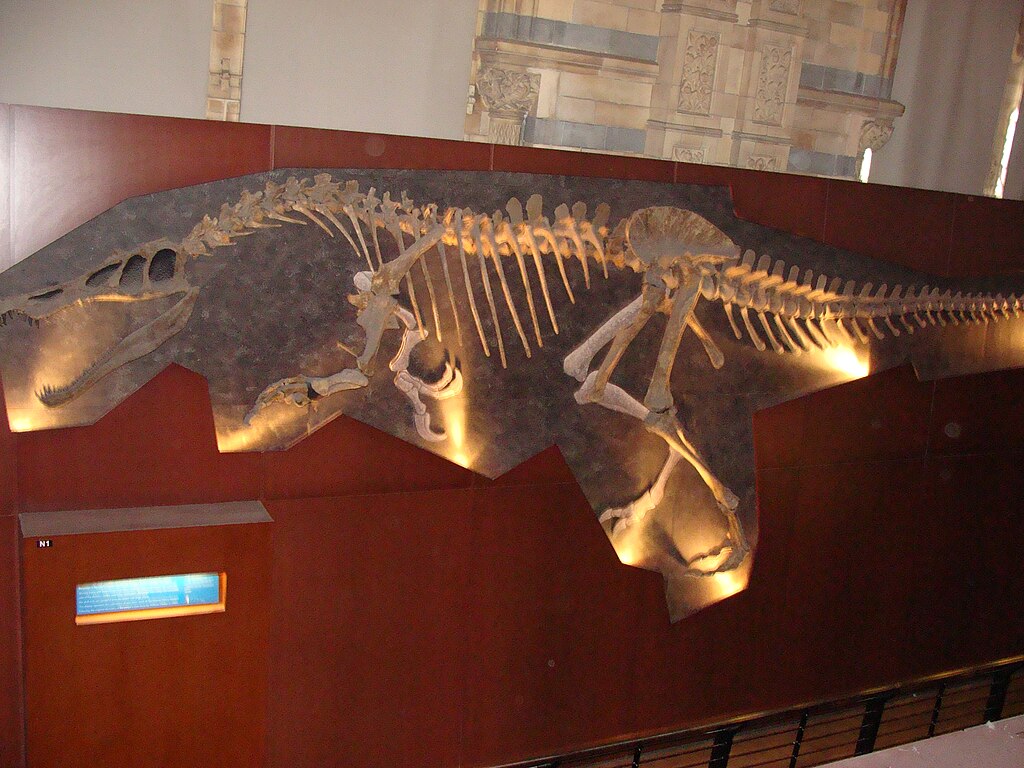
The discovery of fish scales and bones in the stomach region of a Baryonyx walkeri specimen from Surrey, England, provided the first concrete evidence for theories that this unusual dinosaur was partially piscivorous (fish-eating). Baryonyx, with its crocodile-like snout and conical teeth, had been hypothesized to be a fish specialist based on its anatomy, but the stomach contents confirmed this dietary adaptation. The fish remains were identified as belonging to Lepidotes, a common Cretaceous ray-finned fish, establishing a direct predator-prey relationship between these species approximately 125 million years ago. Additional partially digested bones of a young Iguanodon were also found in the same specimen, indicating Baryonyx was an opportunistic predator that consumed both aquatic and terrestrial prey. This discovery demonstrated that theropod dinosaurs had evolved specialized feeding strategies much like modern predators, exploiting specific ecological niches such as riparian (riverside) hunting grounds. The Baryonyx finding helped establish spinosaurids as a group of dinosaurs that had adapted to semi-aquatic lifestyles, dramatically expanding our understanding of dinosaur ecological diversity.
Dinosaur Last Meals and Extinction Theories
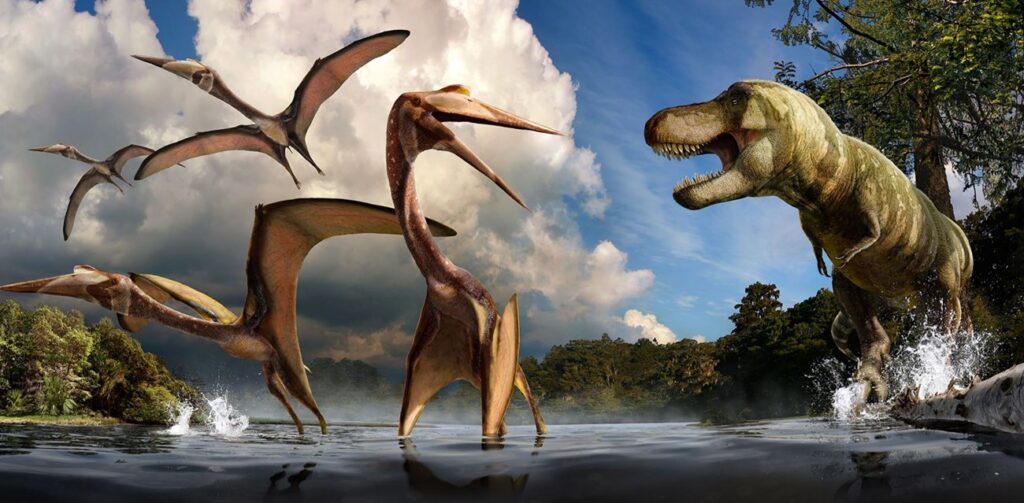
While most preserved stomach contents come from dinosaurs that died long before the end-Cretaceous extinction event, a few tantalizing specimens from the very end of the dinosaur era provide insights into conditions just before their disappearance. These rare fossils can reveal information about food availability, ecosystem health, and environmental stress in the final days of the dinosaurs. Some specimens show evidence of dinosaurs consuming unusual food items or lower-quality nutrition than earlier relatives, potentially indicating ecological stress or food scarcity. Other specimens reveal seemingly normal feeding patterns, suggesting that some dinosaur communities may have been thriving right up until the asteroid impact. The presence or absence of certain food types in late Cretaceous dinosaur stomachs can also provide clues about which plant groups were declining or flourishing as the period ended. While these specimens cannot directly reveal the mechanism of dinosaur extinction, they offer valuable snapshots of ecological conditions in the final chapter of dinosaur dominance on Earth.
From Dinosaur Stomachs to Modern Conservation Insights

The study of dinosaur stomach contents offers surprising relevance to modern conservation biology and ecosystem management. By understanding how ancient food webs functioned and how they responded to environmental changes, scientists gain insights applicable to contemporary ecological challenges. For instance, discovering that certain dinosaur species were highly specialized feeders, like Borealopelta with its fern-dominated diet, highlights the vulnerability of dietary specialists to environmental disruption—a pattern observed in endangered modern species as well. Prehistoric predator-prey relationships preserved in fossils demonstrate the importance of maintaining complete food webs with both top predators and appropriate prey species for ecosystem health. The evidence of rapid dietary adaptations seen in some dinosaur lineages provides perspective on how modern animals might adapt to changing climates and habitats. Additionally, studying how dinosaur communities responded to past climate fluctuations and environmental stresses offers potential insights into how modern ecosystems might react to anthropogenic climate change and habitat transformation, albeit on different timescales.
Future Frontiers in Dinosaur Dietary Research

The field of dinosaur dietary research stands at an exciting frontier, with new technological approaches and analytical methods constantly expanding what we can learn from fossil evidence. Emerging techniques like ancient protein analysis (paleoproteomics) may soon allow scientists to identify specific proteins preserved in dinosaur gut contents, potentially revealing prey species that left no morphologically recognizable remains. Improvements in ancient DNA extraction and sequencing might eventually allow genetic identification of consumed species from exceptionally well-preserved specimens. Stable isotope analysis of dinosaur tissues continues to advance, offering complementary evidence about long-term dietary patterns that can be compared with direct stomach content evidence. Sophisticated computer modeling of dinosaur jaw biomechanics, combined with tooth wear pattern analysis, provides increasingly detailed information about feeding mechanics that can be correlated with known dietary items. Perhaps most promising is the application of machine learning algorithms to identify patterns in gut content data across multiple specimens and species, potentially revealing broad ecological patterns that individual discoveries cannot. As these methods develop and more specimens are discovered, our understanding of dinosaur diets and ecological relationships will continue to deepen significantly.
Conclusion
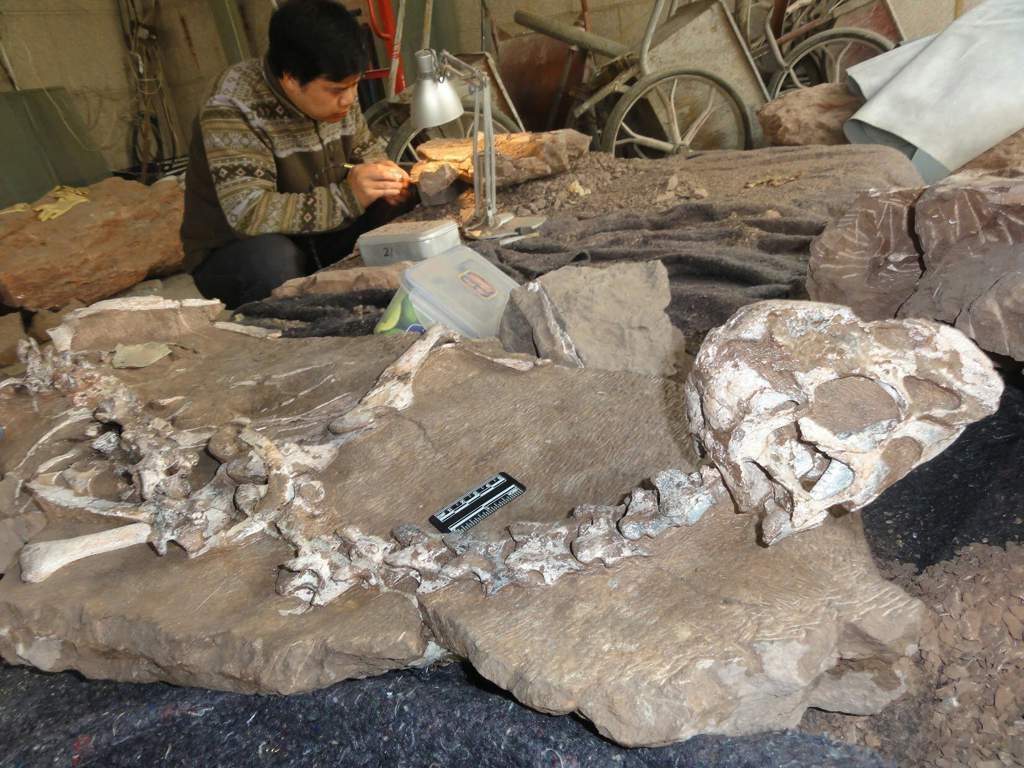
The rare and precious fossils preserving dinosaur stomach contents represent some of paleontology’s most valuable treasures. These final meals, frozen in time for millions of years, provide direct evidence that transforms speculation into certainty about what dinosaurs ate and how they interacted with their environments. Each new discovery has the potential to overturn long-held assumptions and reveal unexpected complexity in prehistoric ecosystems. As scientific techniques advance, researchers continue to extract ever more detailed information from these remarkable fossils, painting increasingly sophisticated pictures of ancient food webs. From specialized fern-eaters to agile bird hunters, dinosaurs occupied diverse ecological niches through their dietary adaptations. By understanding what dinosaurs ate and how they obtained their food, we gain insight not just into these fascinating creatures, but into the fundamental ecological principles that govern life on Earth across deep time.

